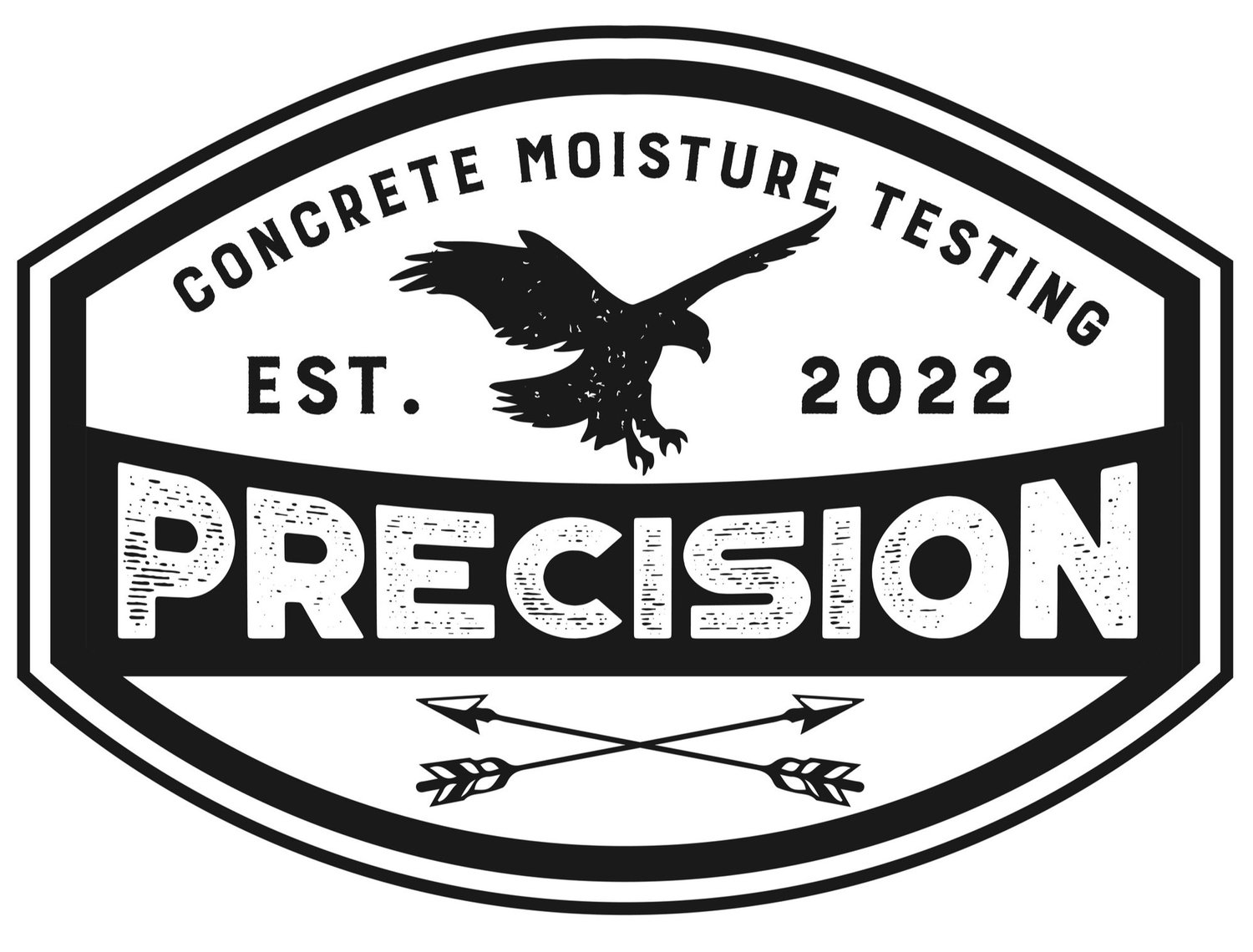Our Services
Moisture is the most common cause of bond-related floor covering failures. Flooring moisture failure can occur in wood, resilient flooring, carpet, laminate, epoxy coatings and other non-breathable floor coverings.
Damages to flooring systems have potential to cause the owner financial impact, stress, and down time. The result of these failures can be loose, unstable, and uneven flooring, which may also lead to safety and liability issues.
Floor covering manufacturers require the moisture of cured concrete to be less than a specific threshold value prior to installing floor coverings or floor coatings. Most floor covering manufacturer’s warranties will be voided without adequate proof of concrete moisture test results that meet their parameters prior to installation.
Contact Precision Concrete Moisture Testing today for precise results.
Internal Relative Humidity Testing
(ASTM F 2170) This test method measures the relative humidity (RH) in the concrete at a strategic depth in the slab. To perform this test, a hole is drilled in the slab and acclimated for “in-situ” probe readings. When the probes are connected to an electronic reader, the internal temperature and relative humidity of concrete is accurately measured. The test is strictly performed using ASTM methods and standards.
Anhydrous Calcium Chloride Testing
(ASTM F 1869) This test method is performed using a specified weight of Anhydrous Calcium Chloride (ACCT). A test kit with the ACCT is placed on the concrete surface and sealed. After 60-72 hours, the ACCT dish is removed and weighed. The new weight is compared to the starting weight, to reveal the amount of moisture vapor absorbed from the slab over the time period the test was conducted. With this data, we can then calculate rapid moisture emission rate. The test is strictly performed using ASTM methods and standards.
PH Testing
(ASTM F 710) The pH is a measure of the concentration of acid ions in a solution. A reading of 7 is considered neutral. Freshly poured concrete will often have an approximate pH of 12 to 13. The high reading is mainly a result of calcium hydroxide, which is a by-product during cement hydration. When a concrete surface cures, it reacts with carbon dioxide in the air and the pH of the surface slowly decreases. This process is called carbonation.
If the concrete is not fully cured, due to inadequate curing time or conditions, the result is typically high pH readings. Additionally, if the concrete is subjected to a constant water source (ex. direct contact with moist earth, dissolved alkalies and hydroxides can penetrate the slab surface and result in a high pH level. Furthermore, if the surface of the concrete slab has been removed with bead-blasting, grinding, or other means you may have high pH readings. The test is strictly performed using ASTM methods and standards.
